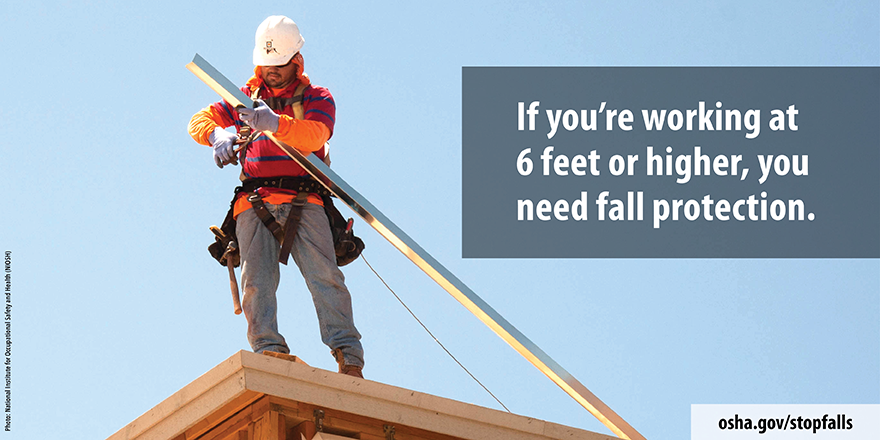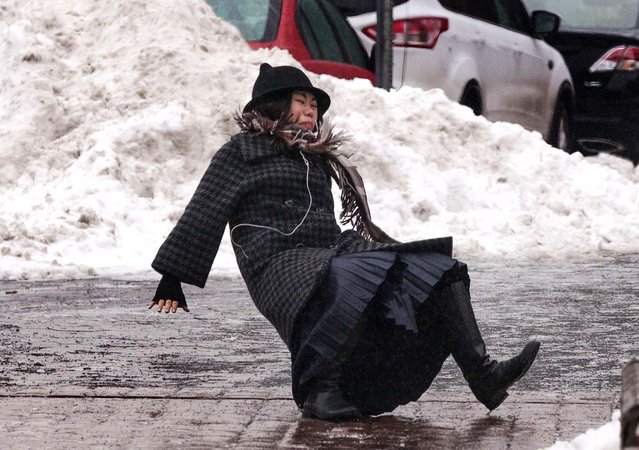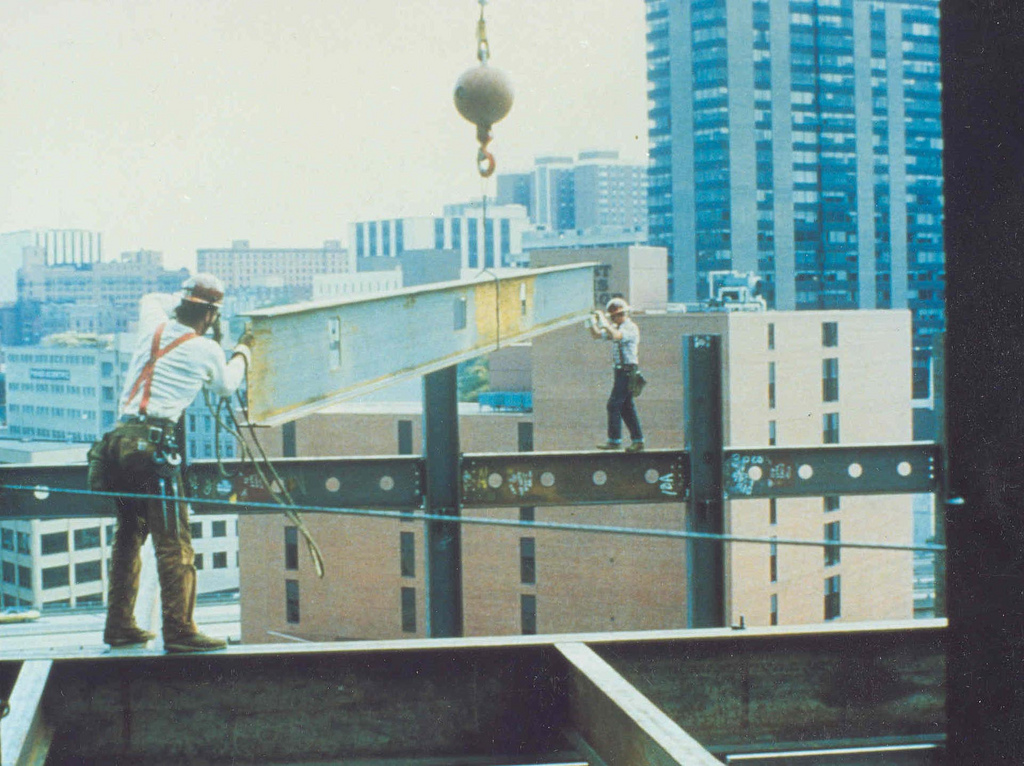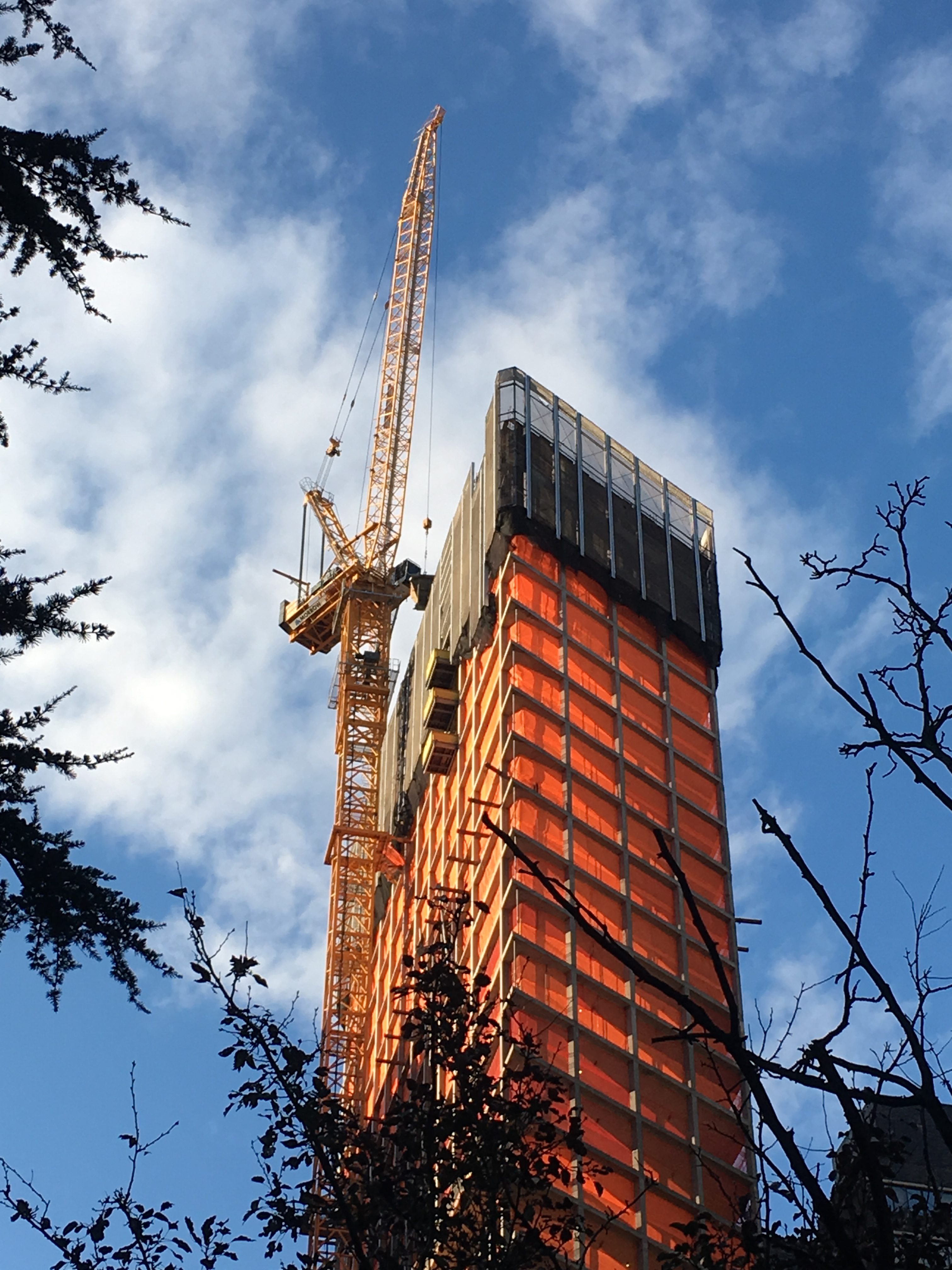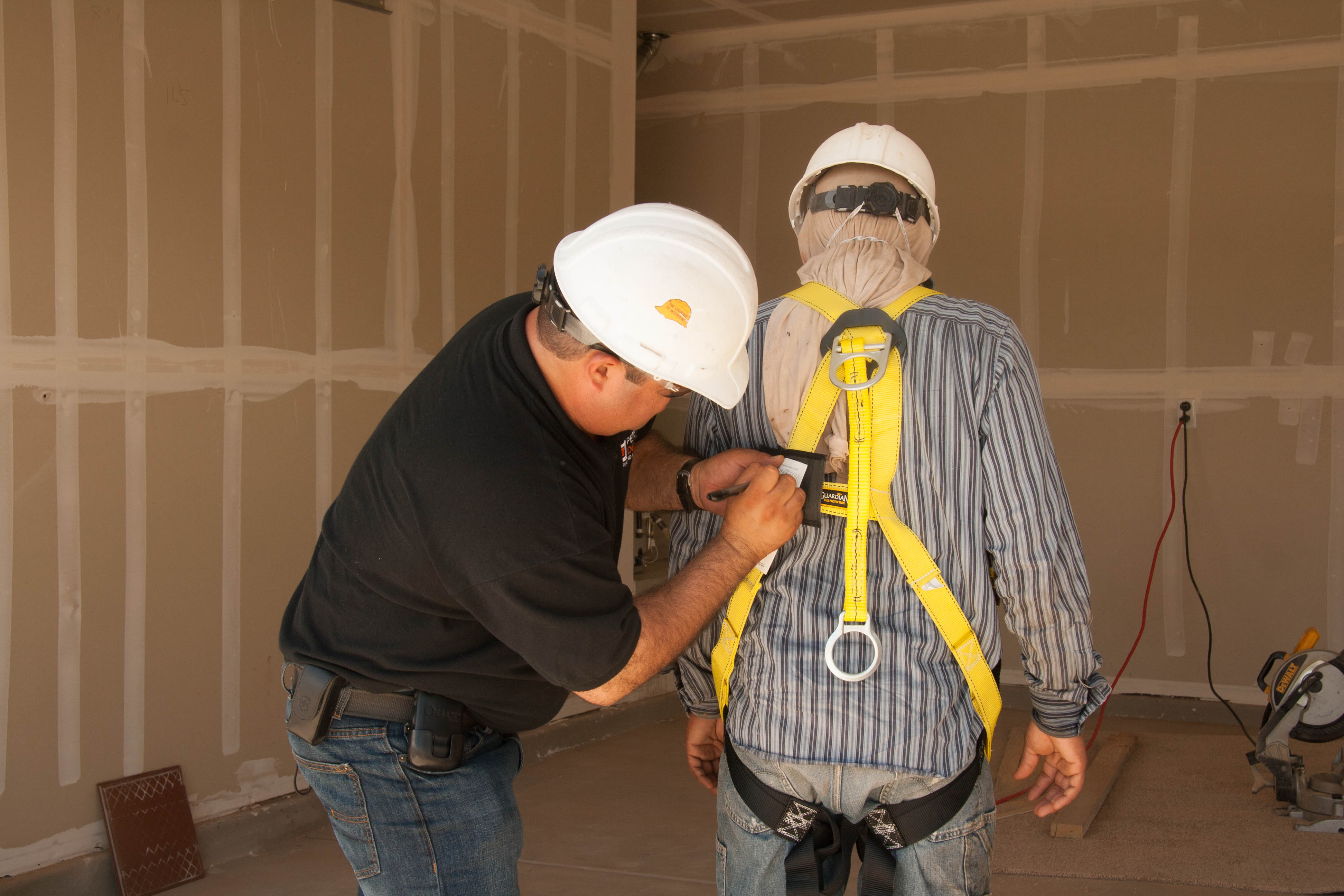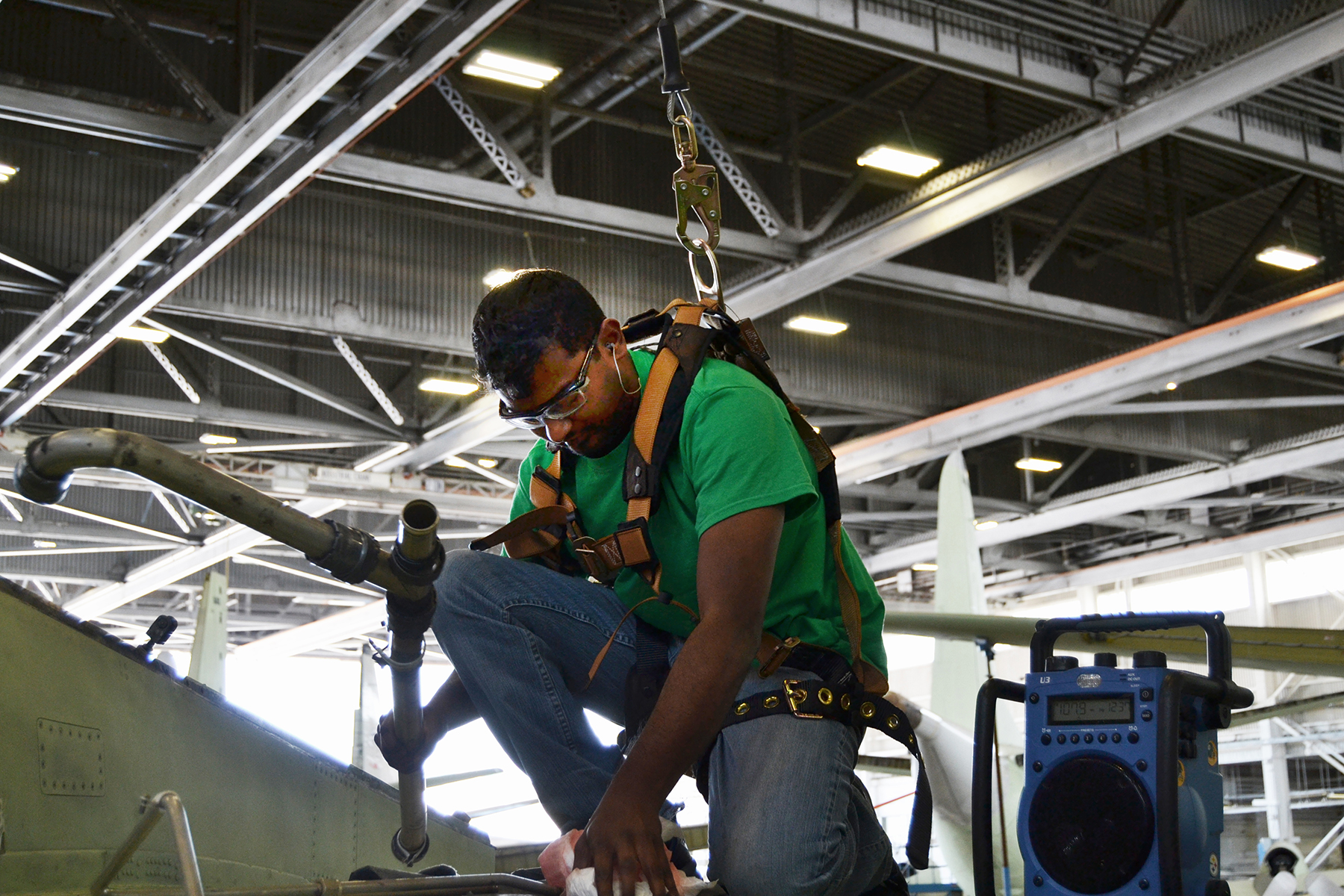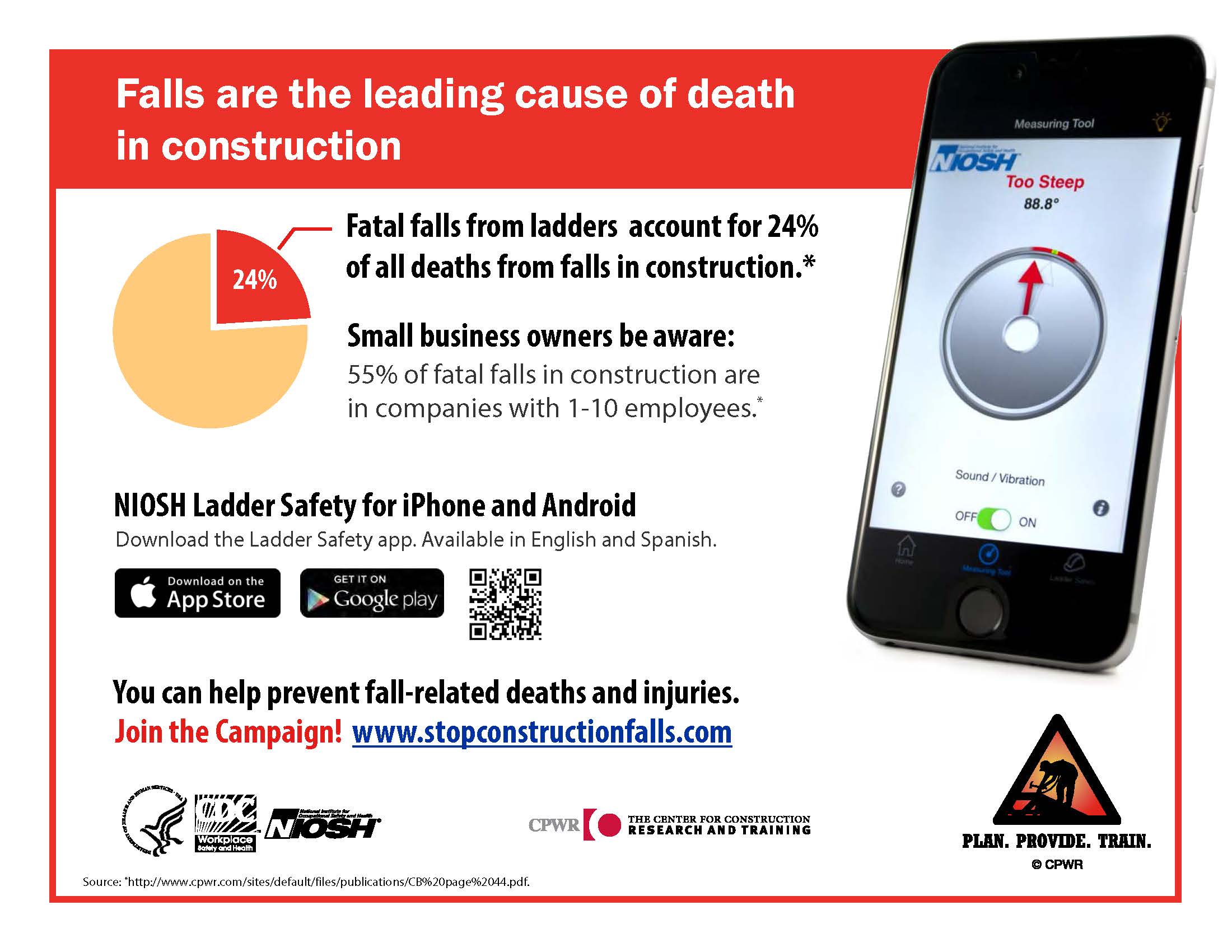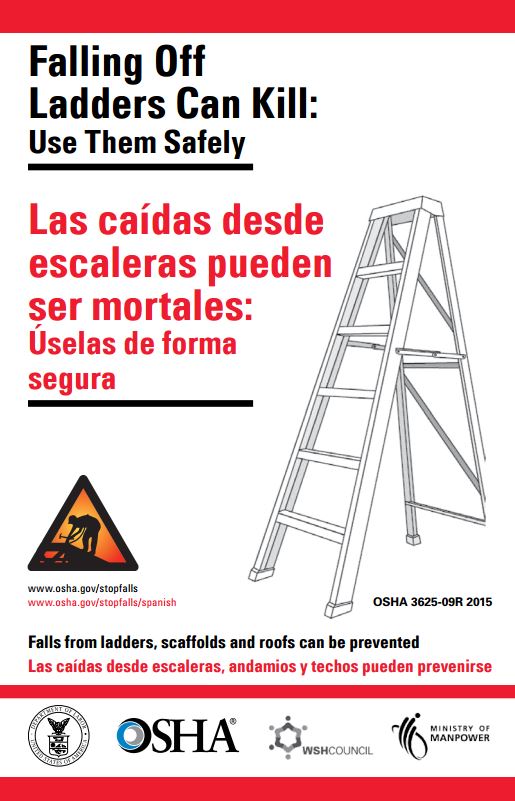Fall Injuries prevention in the construction industry
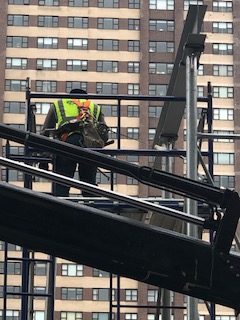 The leading cause of construction workers deaths are falls. The National Institute for Occupational Safety and Health (NIOSH) and the Center for Disease Control and Prevention (CDC) recently released a brochure with information on how employers and construction workers can better prevent fall injuries and deaths. Every year in the US more than 31o workers die and more than 10,350 are injured after falling from heights. Workers on roofs, workers on ladders and workers on scaffolds have the highest risk of getting injured in a fall. According to statistics from the US Department of Labor, in 2016, 124 workers died after falling from a roof, 104 of them died after falling from a ladder and 60 of them died after falling from a scaffold.
The leading cause of construction workers deaths are falls. The National Institute for Occupational Safety and Health (NIOSH) and the Center for Disease Control and Prevention (CDC) recently released a brochure with information on how employers and construction workers can better prevent fall injuries and deaths. Every year in the US more than 31o workers die and more than 10,350 are injured after falling from heights. Workers on roofs, workers on ladders and workers on scaffolds have the highest risk of getting injured in a fall. According to statistics from the US Department of Labor, in 2016, 124 workers died after falling from a roof, 104 of them died after falling from a ladder and 60 of them died after falling from a scaffold.
Roofers have the most dangerous occupation
81% of people dying after falling from a roof are construction workers. Most common factors contributing to this fatal accidents are inexperience, lack of fall protection, no safety harness, fall protection system not proprely installed, working alone, bad weather conditions. Falls can be prevented by implementing a serious fall protection program, making sure workers all have proper safety equipment and are proprely trained to use it,inspecting fall equipment, using proper anchorage, using buddy system and monitoring weather conditions
 New York Personal Injury Attorneys Blog
New York Personal Injury Attorneys Blog


